Even though we’re a quarter of a century past the year 2000, every year since the Berlin wall fell has been very modern, historically speaking. It’s no different for cars, there are plenty of examples of perfectly capable, modern, and reliable cars from the past 30 years that hold up well to this day.
Here’s our list of the top five modern used cars:
1. Lexus LS 430
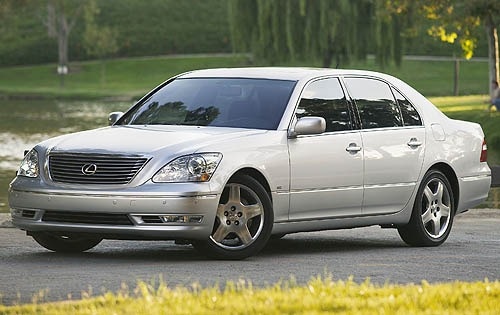
The Lexus LS is Lexus’ flagship sedan, and has been in production continuously since 1989. The second generation, coded the LS 430, ran for model years 2001 to 2006. This generation saw a complete redesign to modernize the car for the new century. Changes included adaptive cruise control, a new 290 horsepower V8, a modern ECU (electronic control unit), more legroom, and a double-wishbone suspension. It offers a serene driving experience with excellent sound insulation and a high-quality Mark Levinson sound system.
The LS 430 is exquisitely engineered and dead reliable. Maintenance is straightforward, with few major issues expected if basic maintenance like timing belt replacement and rust protection are managed. Competitors in it’s class require much higher levels of maintenance and care.
The 2004 model year included a facelift, adaptive cruise control (radar guided), and a new six-speed transmission. The following model, the LS 460, introduced more complexity with air suspension and electronic brakes, which were seen as less reliable and less enjoyable in terms of driving feel compared to the LS 430.
The LS 430 can be purchased for the price of a used Honda Civic, with examples often found from $10,000 to $16,250, depending on mileage and specifications. Despite its age, the car still offers luxury and comfort, making it a compelling buy for those seeking a long-term, reliable luxury sedan.
With proper care, an LS 430 could potentially be the last car one would need due to its durability and comfort, questioning if there’s a price one can put on such longevity and quality. The Lexus LS 430 is an under the radar hero in the used luxury car market, offering a blend of reliability, luxury, and engineering that’s hard to beat even by modern standards.
2 BMW 3 Series E90
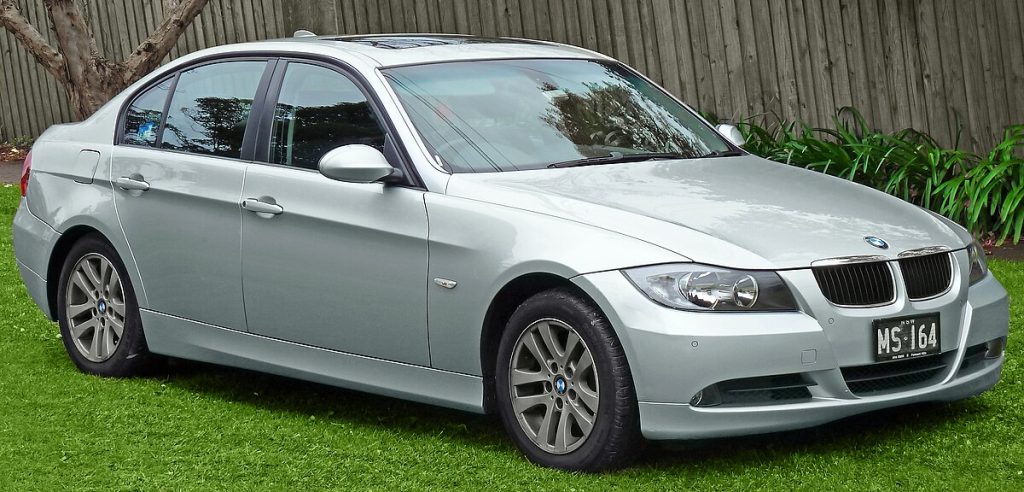
The BMW 3 series is a line of sport luxury cars that came in the sedan, wagon, coupe, and convertible configurations. The E90 generation model years for the US are 2006-2012. Most models came with the straight six cylinder engine, which ranged in horsepower from 215 to 268. There was a naturally aspirated, V8 available on the M3 trim, which produces 414 horsepower. The diesel models, of course, were not imported to the US due to regulations.
This model was significant in BMW’s lineup as it represented a return to more traditional BMW design cues after the controversial “Bangle Butt” styling of the E46. The E90 was available in sedan, wagon (E91), coupe (E92), and convertible (E93) body styles, but the sedan is most commonly referred to as the E90.
In contemporary terms, the BMW E90 remains highly relevant, particularly in the used car market. Enthusiasts and practical buyers alike seek out these models for their blend of performance, luxury, and reliability. The E90’s engines, especially the six-cylinder variants, are known for their longevity and aftermarket support, making them favorites for modifications.
The car’s design has aged gracefully, maintaining a modern look that doesn’t feel outdated. Furthermore, the E90’s chassis and suspension setup provide a driving experience that many current cars strive to emulate, focusing on driver engagement. Today, the E90 is often highlighted in discussions about the best BMWs of the modern era, with its manual transmission options and the M3 variant (E90 M3 with the S65 engine) being particularly celebrated. The E90 continues to influence BMW’s design philosophy, emphasizing that performance and luxury need not compromise each other.
3. Acura TSX
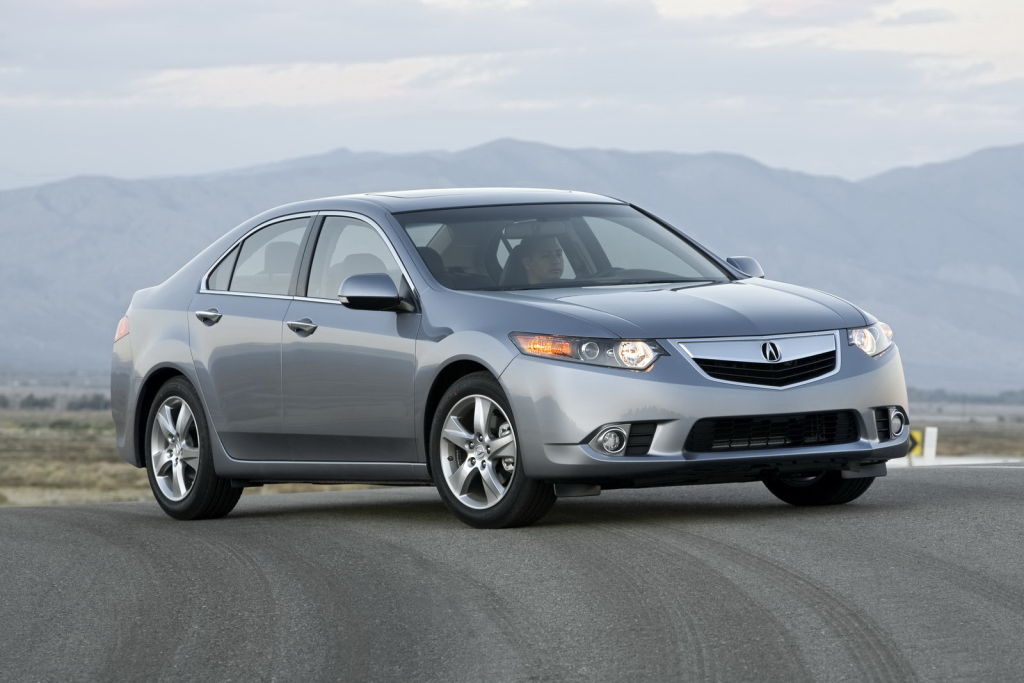
The Acura TSX was Honda’s entry level luxury version of the Honda Accord. It was upgraded and renamed the TLX for the 2016 model year, but from 2003 to 2014, the TSX was Acura’s flagship model. The TSX offered a 5 speed manual or a 6 speed auto.
The TSX was praised for its driving dynamics, luxury features, and overall reliability, making it a competitive option in the entry-level luxury sedan segment.
The TSX entered its second generation in 2009. Both generations offered an anemic inline 4 cylinder engine or a peppy 6 cylinder. When buying used, the 4 cylinder will feel sluggish in modern traffic, but the 6 will move along well with it’s 280 horsepower.
In 2011, they expanded the lineup with a sport wagon variant. The TSX’s reputation for longevity, with many vehicles surpassing 250,000 miles, underscores Honda’s commitment to quality, which resonates in today’s market where consumers value longevity and maintenance costs
The TSX’s design and technology still hold up well, offering a blend of comfort, performance, and efficiency that appeals to those who are looking for a reliable second-hand car. Its legacy continues to influence Acura’s current lineup, emphasizing sporty handling and luxury at a reasonable price point.
4. Jeep Wrangler
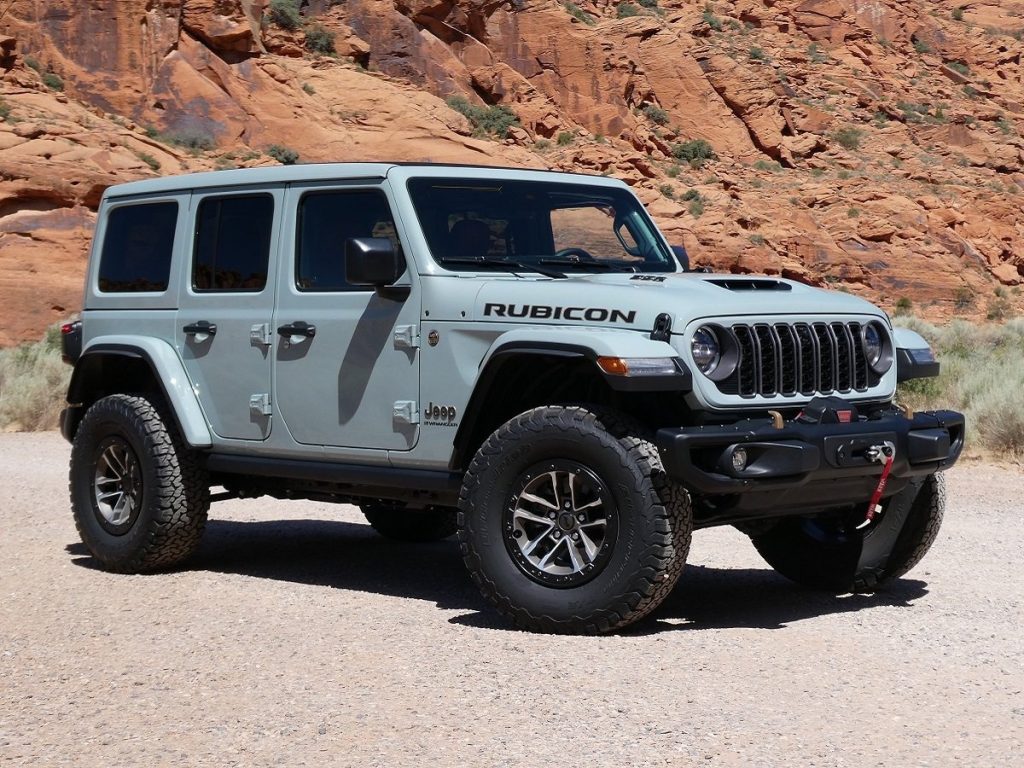
The Jeep Wrangler, known by its chassis code as the TJ (1997-2006), JK (2007-2018), and JL (2018-present), has been an iconic off-road vehicle since its introduction as the successor to the WWII-era Jeep CJ. The Wrangler is renowned for its rugged design, which includes a body-on-frame construction, solid axles, and a removable top and doors, preserving the original Jeep ethos of capability and simplicity. Over the years, Jeep has evolved the Wrangler while maintaining its core attributes of off-road prowess, with each generation introducing enhancements in comfort, technology, and safety, yet never losing sight of its primary mission: to conquer challenging terrains. The TJ brought modern comforts like coil springs for a smoother ride, while the JK significantly improved on-road manners with a longer wheelbase and more creature comforts. The JL model has further refined this balance, adding advanced tech and safety features while offering a range of powerful engines, including the turbocharged 2.0-liter and the legendary V8 options.
The Jeep Wrangler’s relevance in today’s automotive world is arguably stronger than ever. It serves as a cultural icon, embodying the spirit of adventure and freedom that resonates with both off-road enthusiasts and urban dwellers looking for a versatile vehicle. Its adaptability through numerous after-market modifications caters to a wide audience, from hardcore off-roaders to those seeking a unique lifestyle vehicle. The Wrangler’s blend of capability, heritage, and brand loyalty keeps it at the forefront of the SUV market, where it competes not just on performance but on brand identity.
Jeep’s parent company, Stellantis, has made some unfortunate missteps such as the overpriced Wagoneer and cancelling the Charger / Challenger, and has the worst electrification program of any of the big three. The US dealer network came together in 2024 to have an intervention with Stellantis, writing them a letter which emphasized key areas that Stellantis is getting wrong; brand degradation, dropping market share, negative cost cutting, and lack of transparency. Regardless of the issues, the Jeep Wrangler remains iconic, and has maintained the same overall shape and function throughout it’s long lifespan.
5. Porsche 911
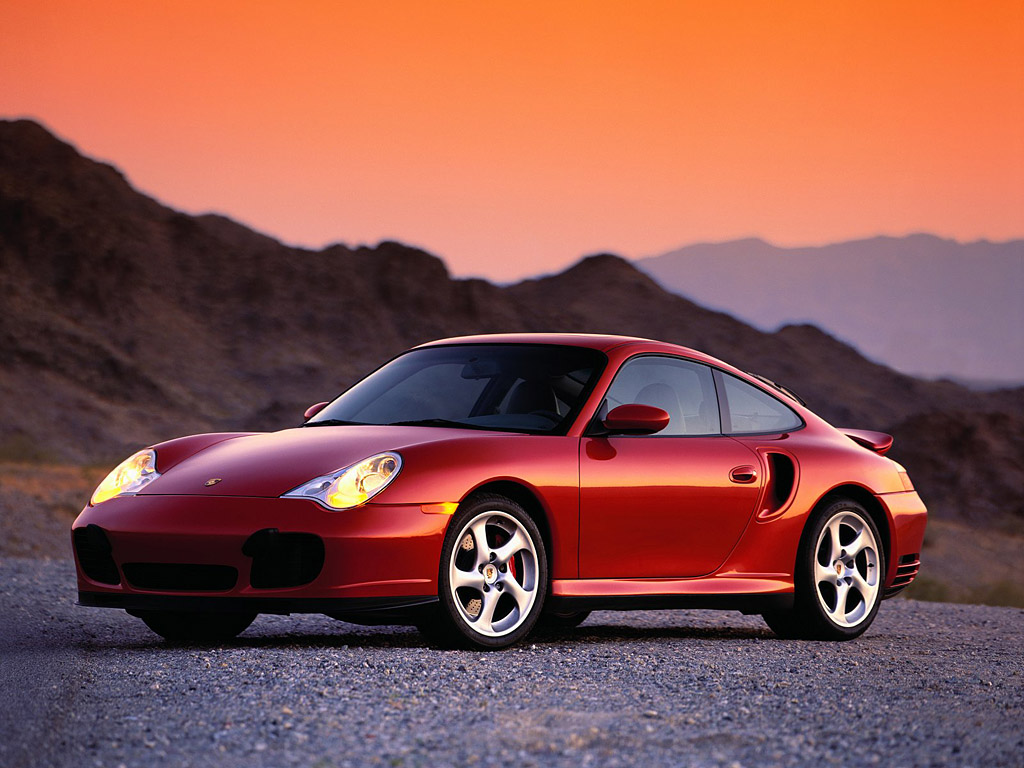
The most luxurious, sporty, and prestigious model on the list, the Porsche 911 has been in continuous production since its introduction in 1963. This iconic sports car is renowned for its distinctive rear-engine layout, which has been a core element of its design philosophy. Over the decades, the 911 has evolved through various generations (from the original 901/911 to the current 992), each introducing improvements in performance, comfort, and technology while maintaining the car’s quintessential shape and driving dynamics. The air-cooled engines gave way to water-cooled units, but the flat-six configuration, manual transmission options, and the rear-wheel-drive setup have remained hallmarks of the 911’s character, offering an unparalleled blend of performance, luxury, and heritage.
Today, the Porsche 911’s relevance is as strong as ever in the sports car segment. It is not merely a vehicle but a symbol of automotive excellence, blending tradition with cutting-edge technology. The 911 continues to set benchmarks in terms of driving dynamics, with each new model refining the balance between comfort and sportiness. Its adaptability to modern standards is evident in the introduction of hybrid technology in models like the 911 Turbo S E-Hybrid, ensuring that the car’s performance ethos aligns with contemporary environmental considerations.
The 911’s cultural impact is also significant; it’s a car that transcends generations, appealing to both purists who appreciate the analog feel of older models and to new enthusiasts who value the latest in automotive innovation. In an age where electric vehicles are on the rise, the 911 stands as a testament to the enduring appeal of internal combustion engines, particularly in the realm of high-performance vehicles, ensuring its place not just in Porsche’s lineup but in the broader automotive landscape.
Here are the Porsche 911’s model years.
901/911 (First Generation)
1964-1969
911 (911E/911S/911T)
1970-1973
G-Series (911SC/911 Carrera 3.0/911 Turbo 3.3)
1974-1989
964
1989-1994
993 (The last air-cooled model, and the last model to feel like the Porsches of the 20th century.)
1994-1998
996 (Water cooled engines begin)
1998-2005
997
2005-2012
991
2012-2019
992
2019-Present


